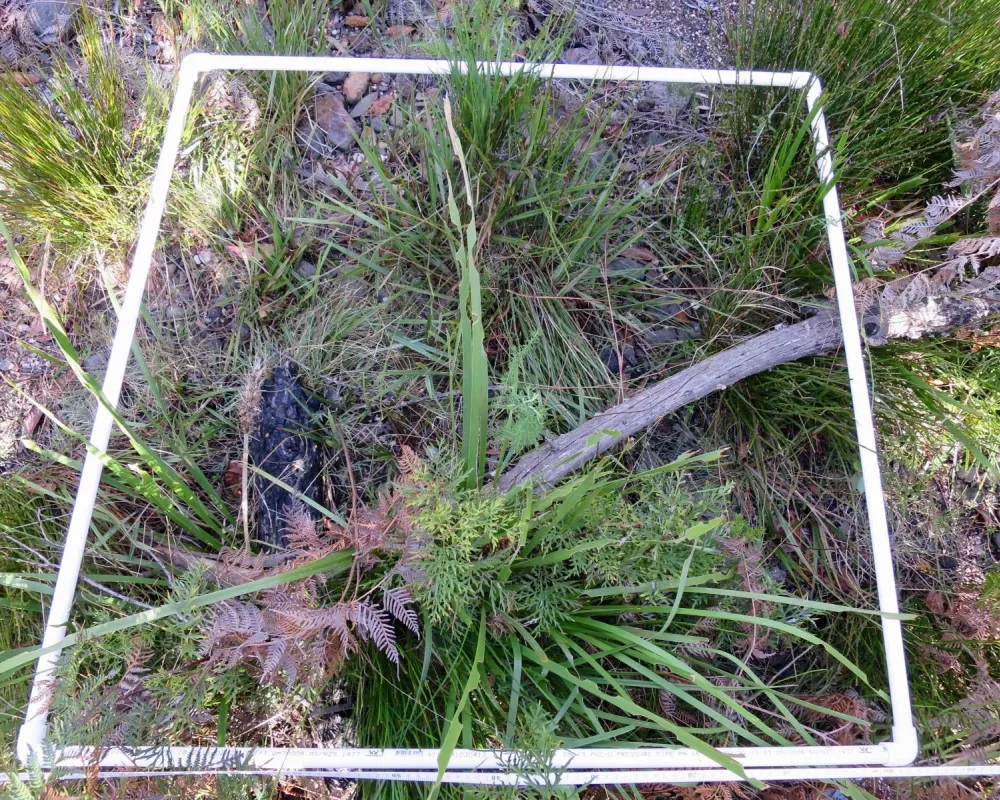Using an alternative method to assess the species diversity of rehabilitated sites

Active rehabilitation post-disturbance aims to establish vegetation with the species diversity commensurate to the pre-disturbance environment. This has been identified as an important objective for management of the Kables Sands Quarry. Exactly what this measure of species diversity is remains relatively ambiguous and undefined. Species diversity commonly refers to some combination measure of the number, abundances and identities of species present. In practice, species diversity is often relegated to simply number of species – referred to as species richness. However, scale of observation and life-history of plants easily confound this count. As plants grow, less individuals will fit into the same size area and lower species richness will be recorded even if the same number of species are still at the site. In this project, these effects will be addressed by using an alternative sampling method to predict the true species richness of rehabilitated areas. Sample-based rarefaction uses species accumulation curves to predict the total number of species at a site (species richness) from a sampled number of species (species density) by using how rare or common species were to estimate how many species were missed. Using this method across rehabilitated sites (recent – old) and reference areas will provide a more robust estimate for the common measure of species diversity and better inform management of how well an important objective is being met.



